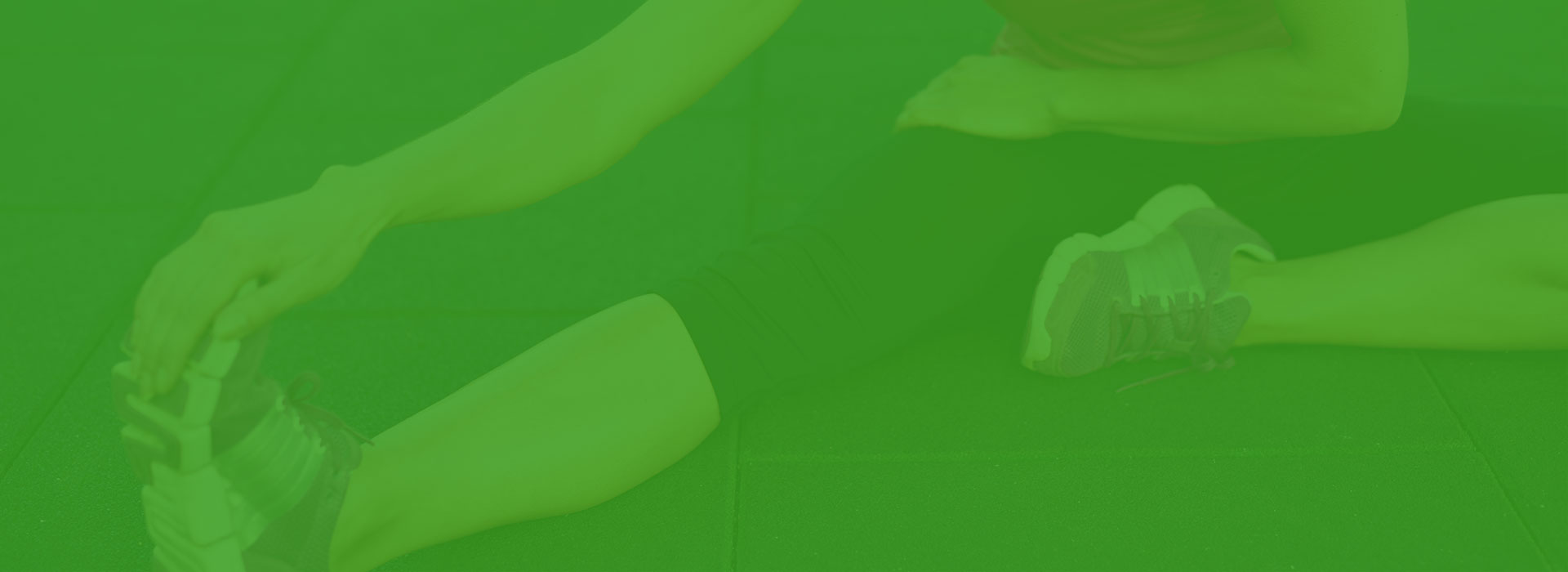A hamstring injury is an injury to the muscles at the back of the thigh.
This is one of the most common sporting injuries, especially in sports that involve kicking, sprinting, and other high-speed movements.
You know you’ve injured your hamstring when you reach top speed and … POP! You feel a sharp pain along the back of your thigh. You will be asking ‘what now’, and ‘how long until I am running again’?

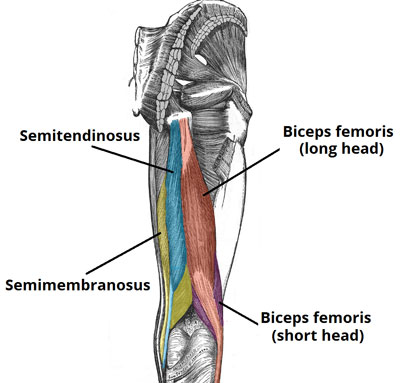
WHAT ARE THE HAMSTRINGS?
The hamstring muscle group consists of 3 muscles at the back of the thigh:
- Biceps femoris: two parts – the long head and the short head
- Semimembranosus
- Semitendinosus
The 3 hamstring muscles (except for the short head of the biceps) all originate at the ischial tuberosity (the bony part of the pelvis you sit on) and attach just below the knee. That’s right, the hamstring crosses 2 joints.
The main function of the hamstrings is to bend the knee and straighten the hip.
WHAT IS A HAMSTRING STRAIN?
A muscle strain is a small tear of the small muscle fibres which make up the muscles. Generally, the greater the number of fibres torn, the worse the hamstring strain and the longer it takes to recover.
A strain is characterised by immediate pain at the back of the thigh and can cause a loss of function.
If you’ve had hamstring pain for a longer period of time and started very gradually, this is more likely a hamstring tendinopathy. The pain is usually at the ischial tuberosity (the bony part of the pelvis you sit on) or the inside/outside of your knee.
A tendinopathy style pain will be brought on with activity and prolonged sitting, especially on firm surfaces.
HOW LONG WILL MY HAMSTRING PHYSIOTHERAPY LAST?
The first question people ask after they have ‘torn a hammy’ is ‘how long until I can play again’?
The short answer: every hamstring is different, but there is no such thing as a one-week hamstring strain. Why? Because, the biggest risk factor for a hamstring strain is… a previous hamstring strain. There is a high rate of re-injury following hamstring strains because people often return to sport or work sooner than they should, and end up doing the same injury.
A few early indicators of a longer recovery are if it takes more than 1 day to walk limp and pain free, and if the pain is closer to the ischial tuberosity. After a thorough examination, one of our physiotherapists will be able to give you an idea of how long your hamstring rehabilitation may last..
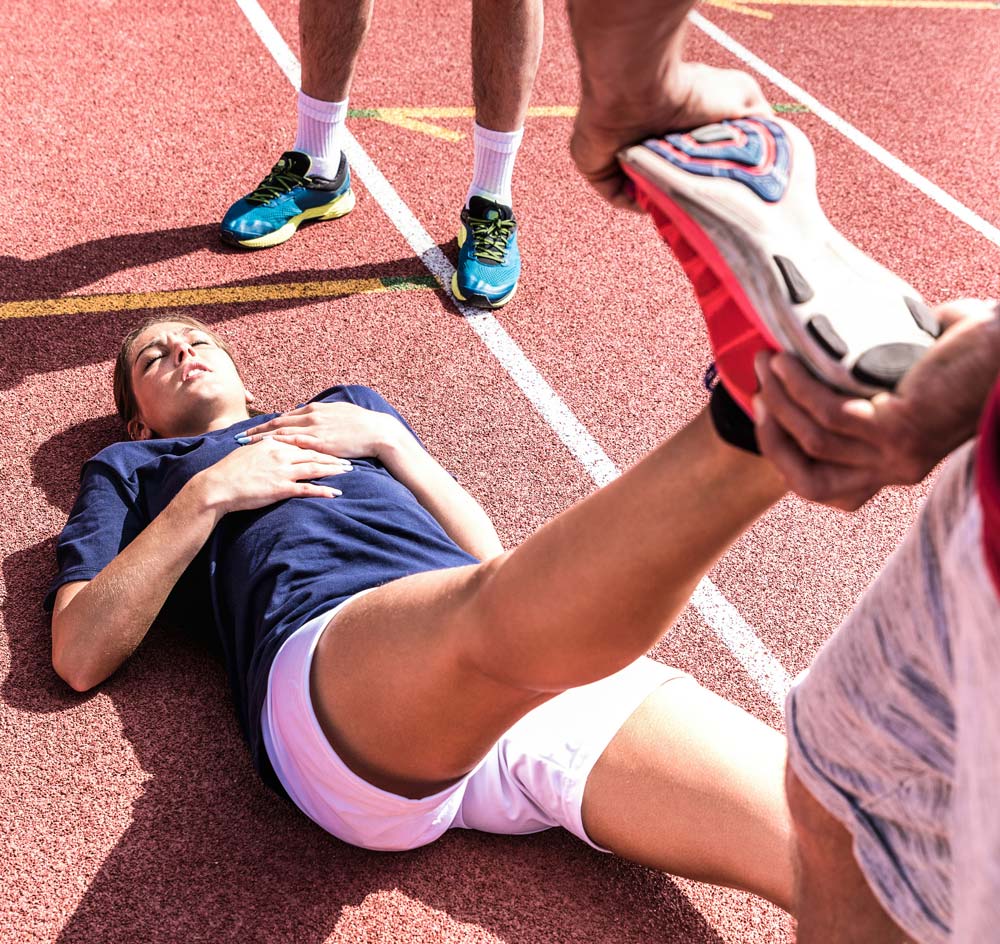
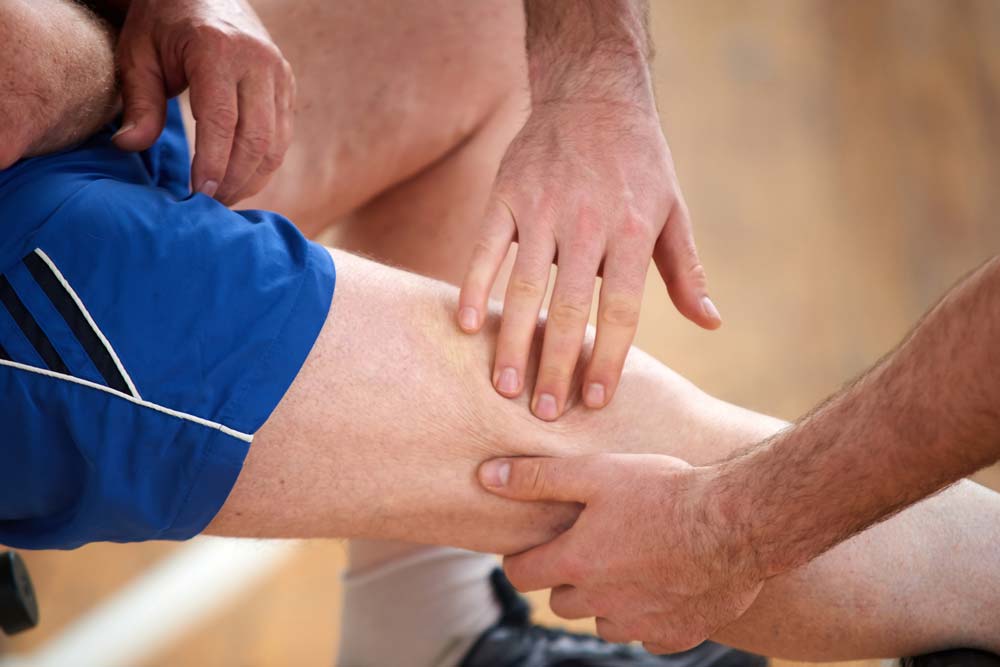
WHAT ABOUT MY HAMSTRING TENDINOPATHY?
Return to sport following a tendinopathy can take longer than a strain. The hamstring tendons need load (eg. running, jumping, squatting), but when we give them too much load too quickly that they can become injured. The important thing with a hamstring tendinopathy is to not completely stop moving. Tendons need load to be happy, so we must find the load that is enough, but not too much.
That is where our physiotherapists at Pivotal Motion Physiotherapy come in. Our hamstring physiotherapy treatment can help you find your ‘triggers’; activities that set off your hamstring. We can also give you recommendations of how much to cut back initially. Following this, it is a gradual progression of increasing the amount of running & jumping activities in addition to a physiotherapist guided strengthening program. With a tendinopathy it is normal to be a little sore during and immediately after exercise, but if you are sore the next morning, you have done a too much.
HAMSTRING INJURY REHAB OPTIONS
Schedule an appointment with a physiotherapist Brisbane trusts here at Pivotal Motion Physiotherapy. There is no substitute for an individualised professional opinion. The sooner you see a physiotherapist the sooner you get back to what you love doing. Importantly you don’t need to see a doctor before you see us. So book an appointment here.
For hamstring strains, the best immediate treatment is RICER (rest, ice, compression, elevation & referral to physiotherapy) and to avoid HARM (heat, alcohol, running & massage).
It is also important to try to walk as normally as possible following a hamstring injury. Limping overloads other areas of the body and result in tightness in other areas. So, take it easy until you can walk without pain or a limp. In the acute stages of an injury (the first 48 hours) it is important to use pain as a guide for activity. This is because additional pain will cause a greater inflammatory response. After 2-3 days you can start doing exercises at the limit of pain and guided by your physiotherapist.
For a hamstring tendinopathy, stay active but avoid high energy activities like running and jumping. Also, stop any activities that cause you to be sore the next morning.
What will my hamstring physiotherapy consist of?
Below are some examples of hamstring exercises which may be included in your rehab. It is important to consult one of the physiotherapists before commencing any of these exercises.
Hamstring strengthening exercises can be used once the pain has settled. For hamstring tendinopathy, the focus of these exercises is to develop the ability of the muscles to tolerate load. The exercises can either be hip or knee dominant and target different sections of the hamstring. Your physiotherapist will then incorporate hamstring strength into other movements to establish good muscle activation patterns between the glutes and hamstrings.
These exercises may include straight leg deadlifts, supine bridges and hamstring curls. The options are endless, your physiotherapist will choose the best option for your injury.
What are isometric hamstring exercises?
Isometric exercises are exercises without movement. It is likely your hamstring physiotherapy will consist of these exercises for both a hamstring tear and tendinopathy. For hamstring strains, pain-free isometric exercises can help muscle fibres heal into correct alignment. This will improve long-term outcomes. For a hamstring tendinopathy, isometric exercises can provide pain-relief, allowing you to fully participate in the rehab.
What are eccentric hamstring exercises?
Eccentric exercises are exercises which lengthen the muscle as you tighten it. Eccentric exercises are important for hamstring injuries because it mirrors the action of the hamstring in walking and running. Incorporating eccentric exercises prior to high speed running is important to prevent recurrence of hamstring tears from sprinting.The Nordic Hamstring Curl, seen above is a particularly popular exercise shown to reduce the rate of hamstring injuries. So it’s both a great rehab exercise but also a great preventative exercise as well.
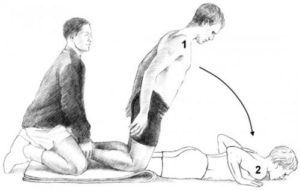
Running Drills for hamstring rehabilitation
One of the final stage of hamstring rehab will be running drills. These will help the hamstring adapt to the action required in high speed running. An excellent exercise is the B-skip as it emphasises the eccentric action of the hamstring in running.
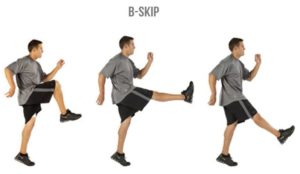
Should I stretch my hamstring?
Stretching should be avoided early following a hamstring strain. Often, it will be painful and may cause additional tearing of muscle fibres. Following a hamstring strain your physiotherapist may incorporate some neural stretches. This is because often the swelling following a hamstring tear can irritate the nerves which cause ongoing discomfort even though there isn’t anything wrong anymore.
Stretching has been shown to have no benefit for a hamstring tendinopathy.
Stretching the hamstring muscle will become important during the strengthening phase of your rehab as muscles tend to shorten and tighten with increased use. But hold off initially, and wait for the go ahead from the physio.
How can I avoid hamstring injuries?
There is promising evidence indicating that the incidence of hamstring injuries can be minimised. This will involve ensuring the hamstring group is both strong and flexible, so it able to withstand the demands of work, sport, and daily activities. For more information on prevention techniques, check out the recent research here.
A Pivotal Motion physiotherapist can help ensure your hamstring rehabilitation is optimised to your needs. We are here to get you active again and can help keep you from re-injuring your hamstrings. To book a consultation online, or for information on leg and quad injury rehab, or call us today on 07 3352 5116.
FREQUENTLY ASKED QUESTIONS – Hamstring Physiotherapy
What are the best forms of hamstring rehabilitation?
Of course, ‘best’, depends on many factors specific to the extent of the injury and your current physical condition. Our experienced team has a range of options they can suggest. Schedule a consultation today or call 07 3352 5116 to get started
What are the benefits of hamstring physiotherapy?
At Pivotal Motion, we will prescribe treatment that fits your specific circumstances and promotes healing. Our suggestions should help you manage pain, or reduce it all together, and aid in building up muscle strength.
What factors impact the length of hamstring injury rehab?
Your recovery time can depend on many things. They include, but are not limited to, such factors as: your injury history, extent of the current injury and the specific location of the injury. We encourage you to request a consultation for more specific information.

